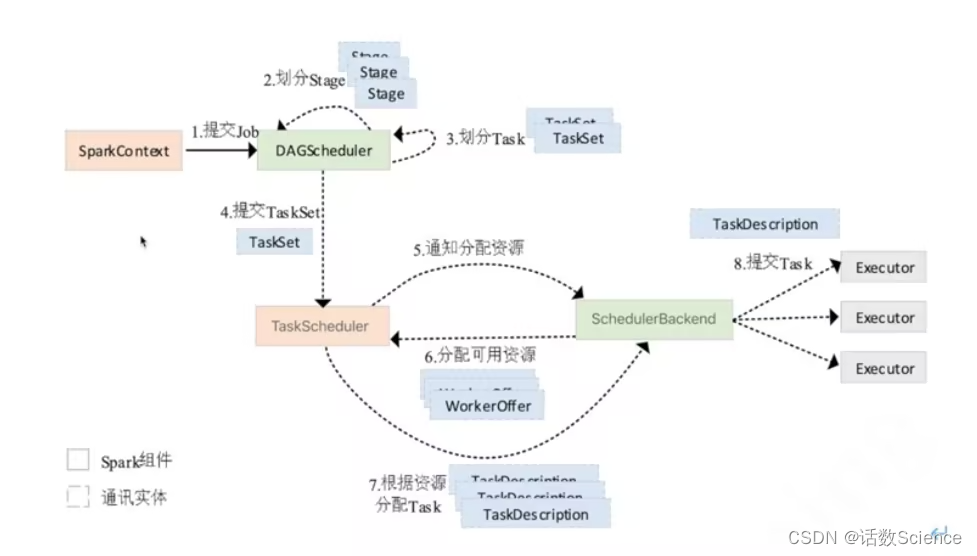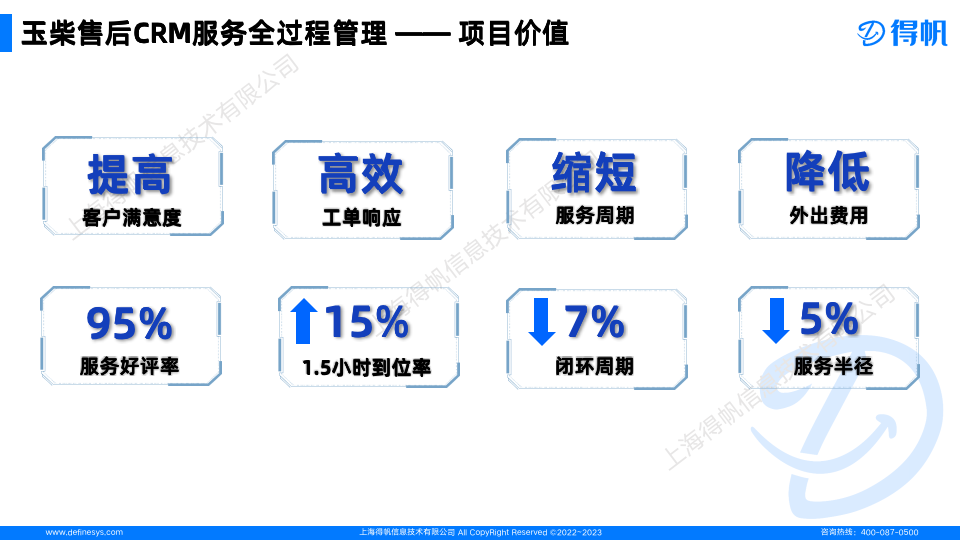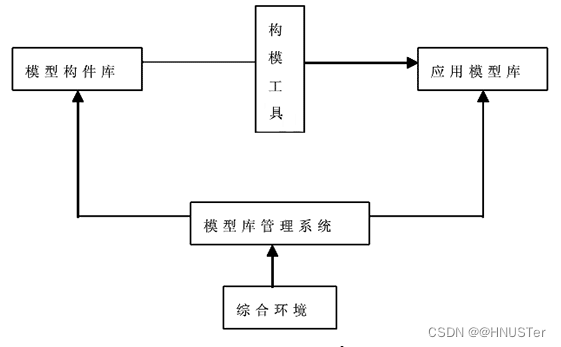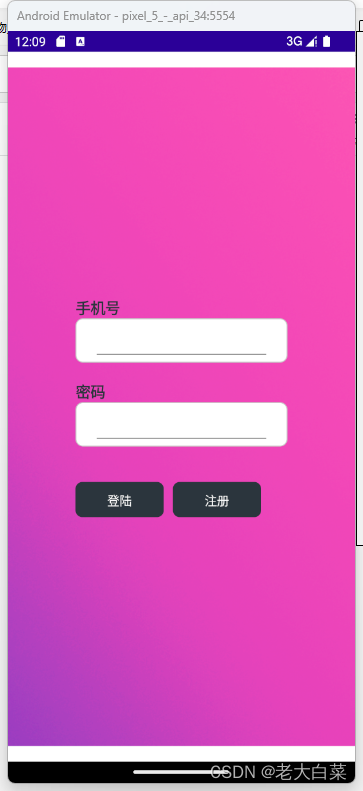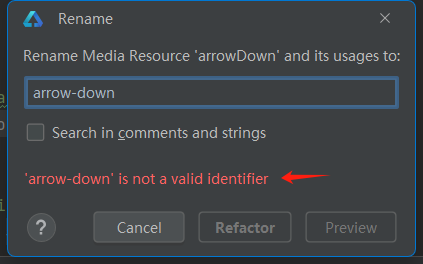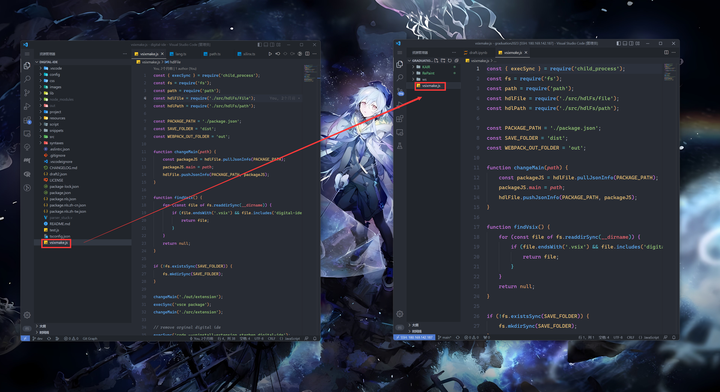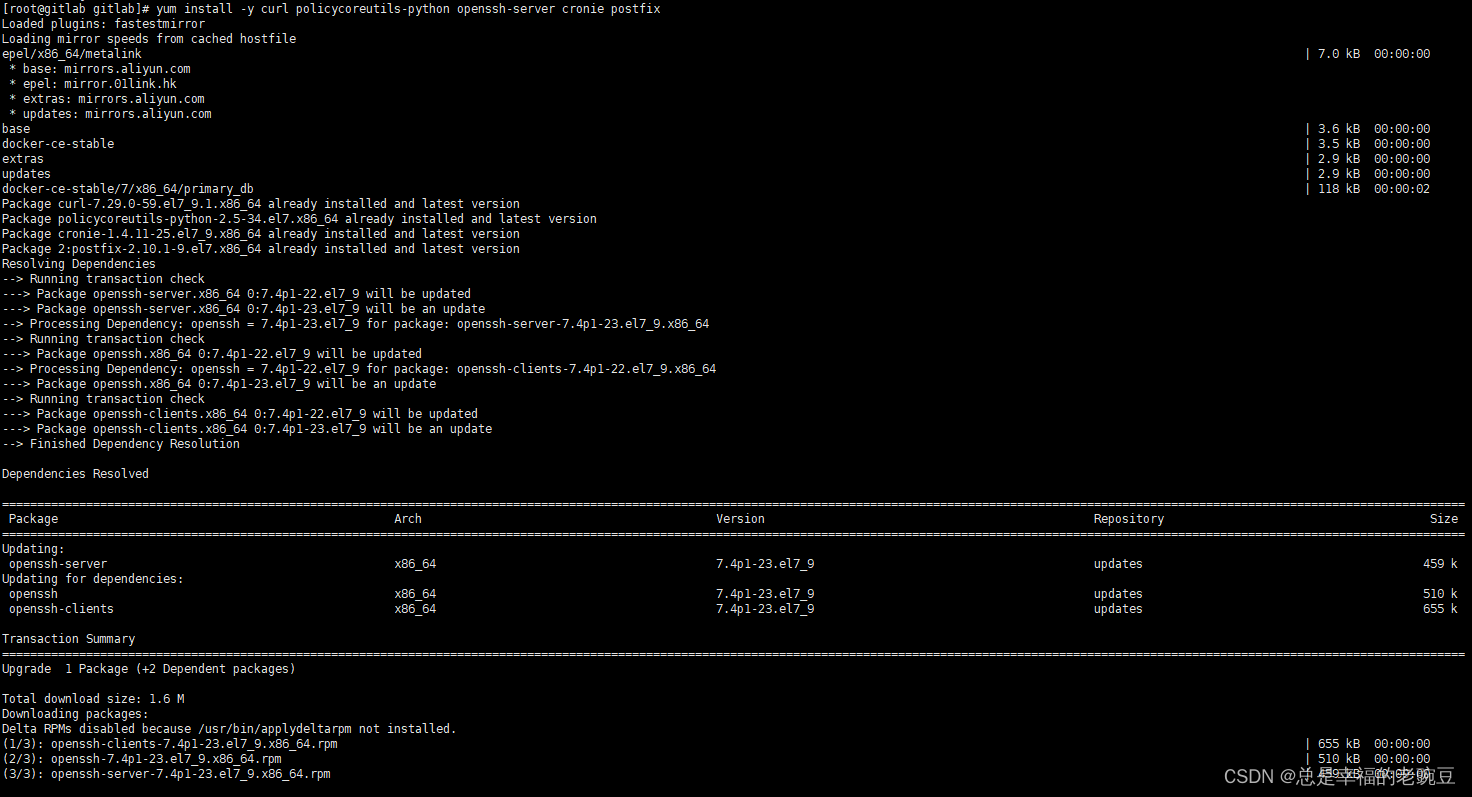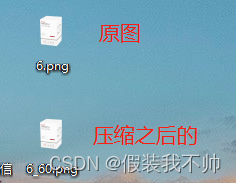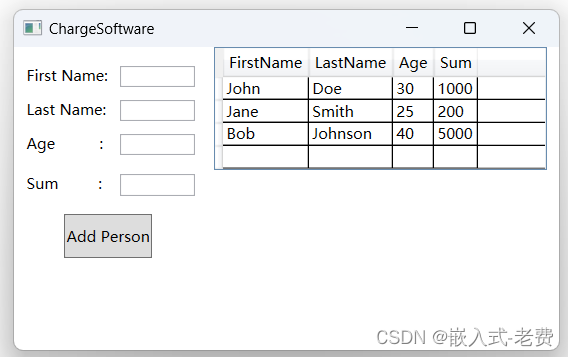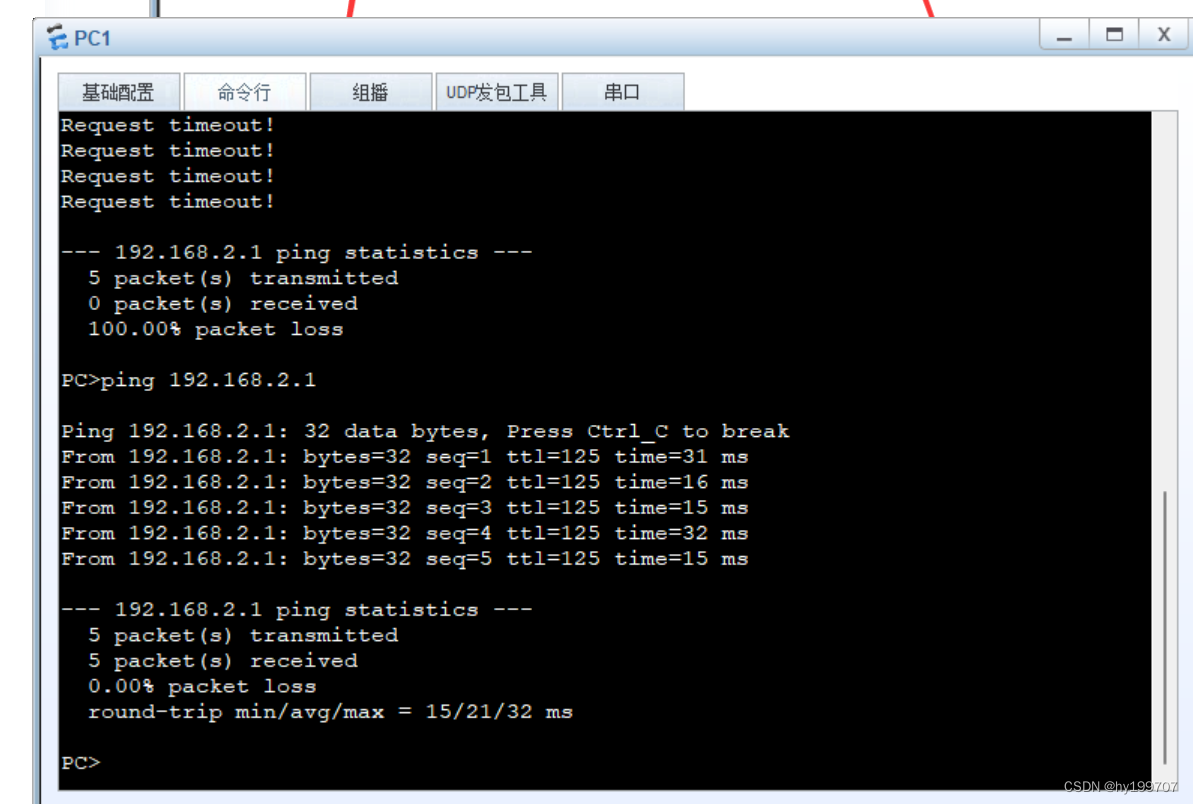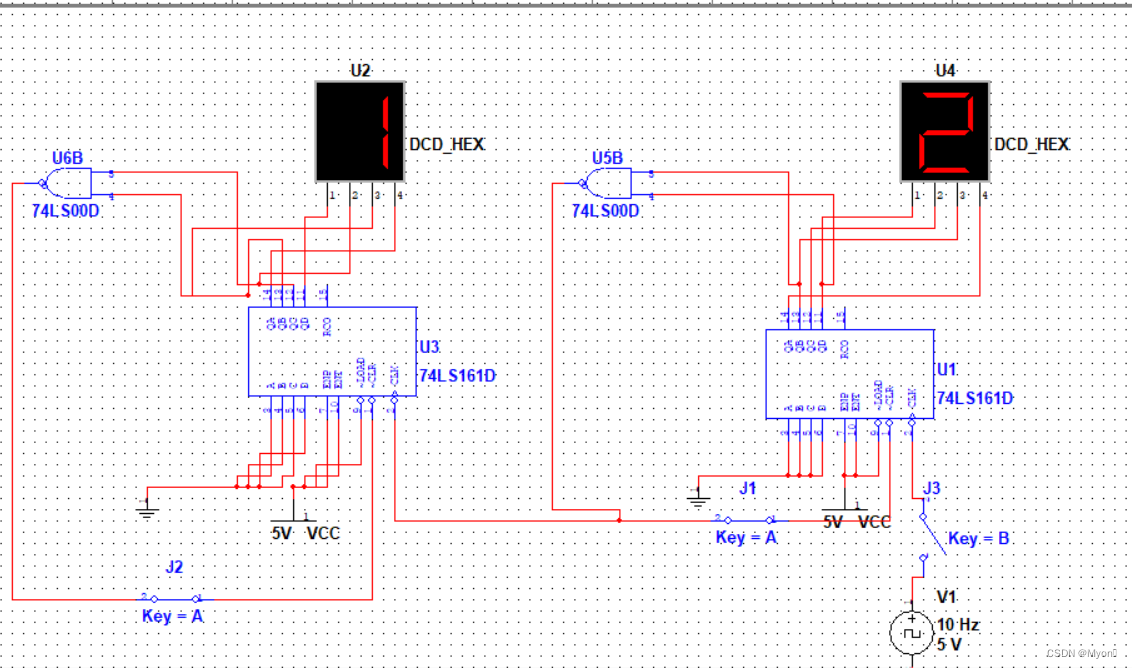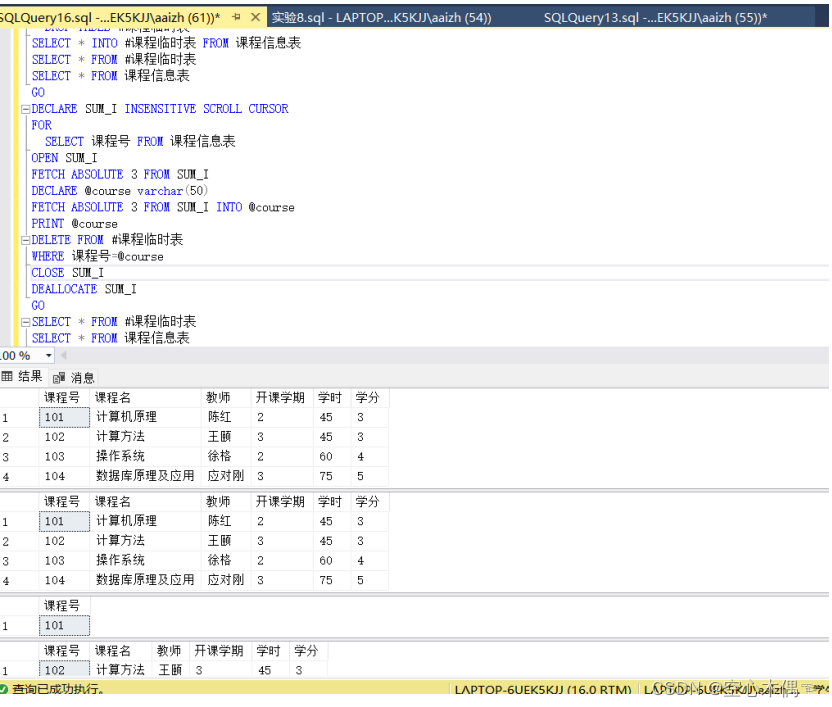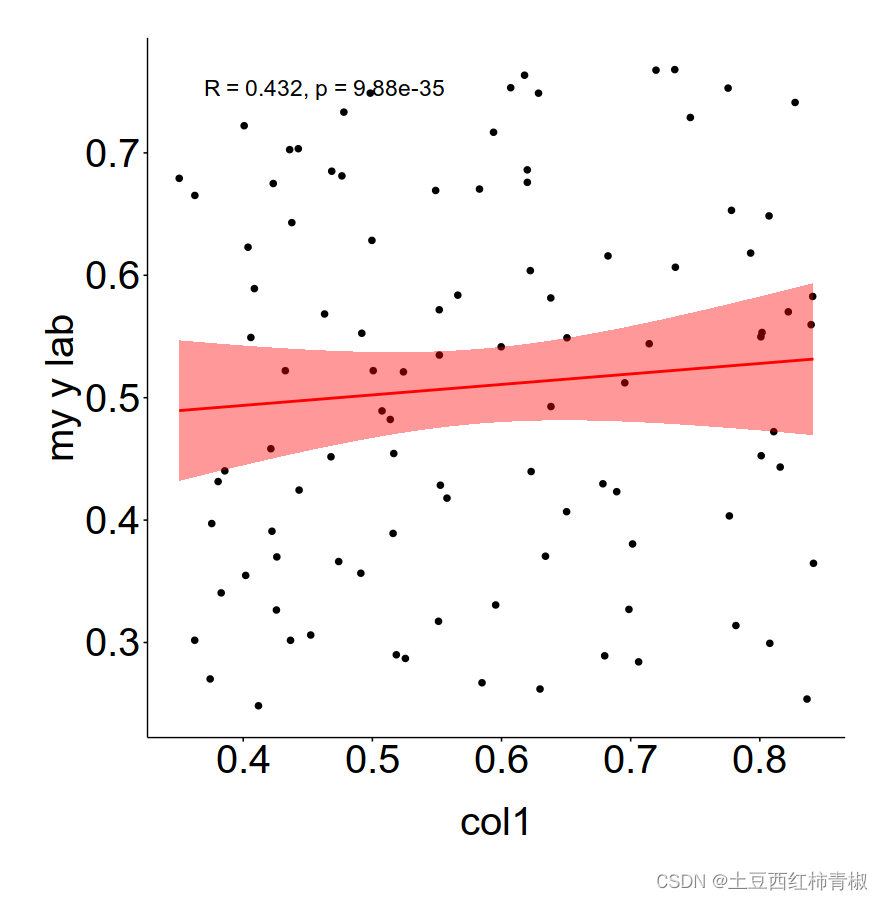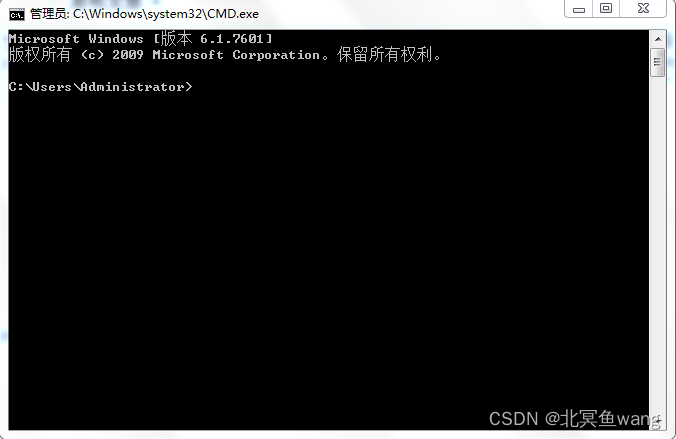前期准备:
pip install bs4
pip install lxmlbs解析器
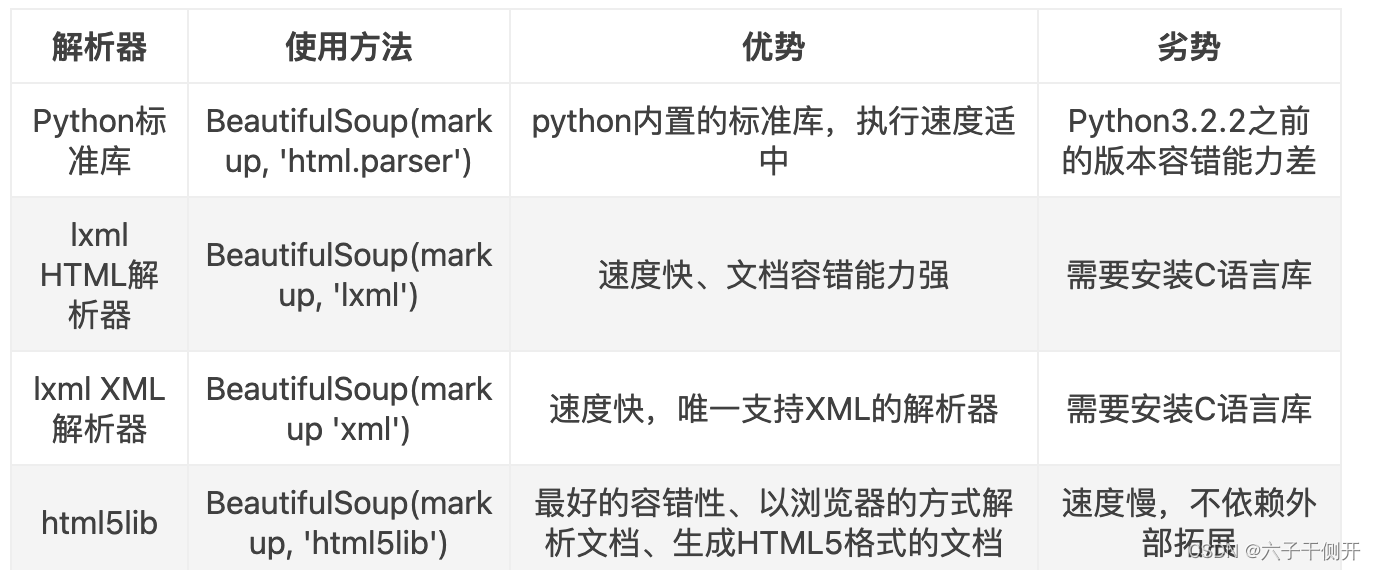
从上面的表格可以看出,lxml解析器可以解析HTML和XML文档,并且速度快,容错能力强,所有推荐使用它。
节点选择器
获取名称
soup = BeautifulSoup('<b class="boldest">Extremely bold</b>')
tag = soup.b
print(tag.name)获取属性
html_doc = """
<html><head><title>The Dormouse's story</title></head>
<body>
<p class="title" name="Dormouse"><b>The Dormouse's story</b></p>
<p class="story">Once upon a time there were three little sisters; and their names were
<a href="http://example.com/elsie" class="sister" id="link1">Elsie</a>,
<a href="http://example.com/lacie" class="sister" id="link2">Lacie</a> and
<a href="http://example.com/tillie" class="sister" id="link3">Tillie</a>;
and they lived at the bottom of a well.</p>
<p class="story">...</p>
"""
from bs4 import BeautifulSoup
soup = BeautifulSoup(html_doc, 'lxml')
print(soup.p.attrs)
print(soup.p.attrs['name'])结果:
{'class': ['title'], 'name': 'Dormouse'}
Dormouse获取子节点
from bs4 import BeautifulSoup
html_doc = """
<html><head><title>The Dormouse's story</title></head>
<body>
<p class="title",name="测试一下"><b>The Dormouse's story</b></p>
<p class="story">Once upon a time there were three little sisters; and their names were
<a href="http://example.com/elsie" class="sister" id="link1">Elsie</a>,
<a href="http://example.com/lacie" class="sister" id="link2">Lacie</a> and
<a href="http://example.com/tillie" class="sister" id="link3">Tillie
<p name="hahah测试一下"</p>
</a>;
and they lived at the bottom of a well.</p>
<p class="story">...</p>
"""
soup = BeautifulSoup(html_doc,'html.parser')
# 打印其中的元素值
print(soup.p)
print("soup.title = ",soup.title)
print("soup.a = ",soup.a)
print("type(p):",type(soup.p))
print("soup.title.name = ",soup.title.name)
print("soup.a.name = ",soup.a.name)
print("type(soup.a.name):",type(soup.a.name))
attrs = soup.p.attrs
结果:
<p ,name="测试一下" class="title"><b>The Dormouse's story</b></p>
soup.title = <title>The Dormouse's story</title>
soup.a = <a class="sister" href="http://example.com/elsie" id="link1">Elsie</a>
type(p): <class 'bs4.element.Tag'>
soup.title.name = title
soup.a.name = a
type(soup.a.name): <class 'str'>关联节点:
获取子孙节点:
选取节点元素之后,想要获取它的直接子节点可以调用contents属性。
具体代码示例如下:
print("soup.body.contents:",soup.body.contents)
print("type(soup.body.contents):",type(soup.body.contents))结果:
soup.body.contents: ['\n', <p ,name="测试一下" class="title"><b>The Dormouse's story</b></p>, '\n', <p class="story">Once upon a time there were three little sisters; and their names were
<a class="sister" href="http://example.com/elsie" id="link1">Elsie</a>,
<a class="sister" href="http://example.com/lacie" id="link2">Lacie</a> and
<a class="sister" href="http://example.com/tillie" id="link3">Tillie
<p <="" name="hahah测试一下" p="">
</p></a>;
and they lived at the bottom of a well.</p>, '\n', <p class="story">...</p>, '\n']
type(soup.body.contents): <class 'list'>
相同的功能还可以通过调用children属性来获取。
print("soup.body.children:",soup.body.children)
print("soup.body,children的类型为:",type(soup.body.children))结果:
soup.body.children: <list_iterator object at 0x104cc75e0>
soup.body,children的类型为: <class 'list_iterator'>
如果想要获取子孙的节点的话,可以调用descendants属性来获取输出内容。
具体代码示例如下所示:
html_doc = """
<html><head><title>The Dormouse's story</title></head>
<body>
<p class="story">Once upon a time there were three little sisters; and their names were
<a href="http://example.com/elsie" class="sister" id="link1"><span>Elsie</span>Elsie</a>,
<a href="http://example.com/lacie" class="sister" id="link2">Lacie</a> and
<a href="http://example.com/tillie" class="sister" id="link3">Tillie</a>;
and they lived at the bottom of a well.</p>
<p class="story">...</p>
"""
from bs4 import BeautifulSoup
soup = BeautifulSoup(html_doc, 'lxml')
print(soup.p.descendants)
for child in soup.p.descendants:
print(child)# 测试父节点和祖先节点
pars = soup.p.parents
print("type(soup.p.parents):",type(pars))
pars = soup.p.parents
for par in pars:
print("父节点和祖先节点的值分别为,",par)结果:
type(soup.p.parents): <class 'generator'>
父节点和祖先节点的值分别为, <body>
<p ,name="测试一下" class="title"><b>The Dormouse's story</b></p>
<p class="story">Once upon a time there were three little sisters; and their names were
<a class="sister" href="http://example.com/elsie" id="link1">Elsie</a>,
<a class="sister" href="http://example.com/lacie" id="link2">Lacie</a> and
<a class="sister" href="http://example.com/tillie" id="link3">Tillie
<p <="" name="hahah测试一下" p="">
</p></a>;
and they lived at the bottom of a well.</p>
<p class="story">...</p>
</body>
父节点和祖先节点的值分别为, <html><head><title>The Dormouse's story</title></head>
<body>
<p ,name="测试一下" class="title"><b>The Dormouse's story</b></p>
<p class="story">Once upon a time there were three little sisters; and their names were
<a class="sister" href="http://example.com/elsie" id="link1">Elsie</a>,
<a class="sister" href="http://example.com/lacie" id="link2">Lacie</a> and
<a class="sister" href="http://example.com/tillie" id="link3">Tillie
<p <="" name="hahah测试一下" p="">
</p></a>;
and they lived at the bottom of a well.</p>
<p class="story">...</p>
</body></html>
父节点和祖先节点的值分别为,
<html><head><title>The Dormouse's story</title></head>
<body>
<p ,name="测试一下" class="title"><b>The Dormouse's story</b></p>
<p class="story">Once upon a time there were three little sisters; and their names were
<a class="sister" href="http://example.com/elsie" id="link1">Elsie</a>,
<a class="sister" href="http://example.com/lacie" id="link2">Lacie</a> and
<a class="sister" href="http://example.com/tillie" id="link3">Tillie
<p <="" name="hahah测试一下" p="">
</p></a>;
and they lived at the bottom of a well.</p>
<p class="story">...</p>
</body></html>
part的值为 <a class="sister" href="http://example.com/lacie" id="link2">Lacie</a>
next_sib的值为: and
type(next_sibings): <class 'generator'>
next_sib : and
next_sib : <a class="sister" href="http://example.com/tillie" id="link3">Tillie
<p <="" name="hahah测试一下" p="">
</p></a>
获取父祖节点:
如果想要获取某个节点的父节点可以直接调用parent属性。
具体代码示例如下所示:
html_doc = """
<html><head><title>The Dormouse's story</title></head>
<body>
<p class="story">
Once upon a time there were three little sisters; and their names were
<a href="http://example.com/elsie" class="sister" id="link1">Elsie</a>
<p>
<a href="http://example.com/lacie" class="sister" id="link2">Lacie</a>
</p>
</p>
<p class="story">...</p>
"""
from bs4 import BeautifulSoup
soup = BeautifulSoup(html_doc, 'lxml')
print(soup.a.parents)
for i, parent in enumerate(soup.a.parents):
print(i, parent)获取祖先节点,依然返回的类型仍然是生成器类型。所以通过循环可以遍历出每一个内容。
试着运行上面的代码,你会发现,输出结果包含了body节点和html节点。
获取兄弟节点:
上面的两个了例子说明了父节点与子节点的获取方法。那假如我需要获取同级节点该怎么办呢?可以使用next_sibling、previous_sibling、next_siblings、previous_siblings这四个属性来获取。
具体代码示例如下:
html_doc = """
<html><head><title>The Dormouse's story</title></head>
<body>
<p class="story">Once upon a time there were three little sisters; and their names were
<a href="http://example.com/elsie" class="sister" id="link1">Elsie</a>hello
<a href="http://example.com/lacie" class="sister" id="link2">Lacie</a> and
<a href="http://example.com/tillie" class="sister" id="link3">Tillie</a>;
and they lived at the bottom of a well.</p>
<p class="story">...</p>
"""
from bs4 import BeautifulSoup
soup = BeautifulSoup(html_doc, 'lxml')
print(soup.a.next_sibling)
print(list(soup.a.next_siblings))
print(soup.a.previous_sibling)
print(list(soup.a.previous_siblings))
从上面的代码可以发现,这里调用了4个属性,分别是next_sibling和previous_sibling,这个两个属性分别获取节点的上一个兄弟元素和下一个兄弟元素。
而next_siblings和previous_siblings是获取前面和后面的兄弟节点,返回的类型依然是生成器类型。(type(next_sibings): <class 'generator'>)(获取的parents,也是这种生成器类型,包括获取的其他节点,也都是类生成器,我们都可以使用for循环获取其中的内容)
方法选择器
前面所讲的内容都是通过属性来选择的,这种方法非常快,但是如果是较为复杂的选择,那上面的选择方法就可能显得繁琐。因此,Beautiful Soup为我们提供了查询方法,比如:find_all()和find()等。调用它们,传入相应的参数。(一般我们使用的也是方法选择器)
-
find_all()
它的API如下:
find_all(name, attrs, recursive, text, **kwargs)
(1)name
可以根据节点名称来选择参数
具体代码示例如下:
html_doc = """
<html><head><title>The Dormouse's story</title></head>
<body>
<p class="title" name="Dormouse"><b>The Dormouse's story</b></p>
<p class="story">Once upon a time there were three little sisters; and their names were
<a href="http://example.com/elsie" class="sister" id="link1">Elsie</a>,
<a href="http://example.com/lacie" class="sister" id="link2">Lacie</a> and
<a href="http://example.com/tillie" class="sister" id="link3">Tillie</a>;
and they lived at the bottom of a well.</p>
<p class="story">...</p>
"""
from bs4 import BeautifulSoup
soup = BeautifulSoup(html_doc, 'lxml')
print(soup.find_all('a'))
print(len(soup.find_all('a')))
上面的代码调用了find_all( )方法,传入了name参数,参数值为a,
试着运行上面的代码,我们想要获取的所有a节点,返回结果是列表类型,长度为3。
html_doc = """
<html><head><title>The Dormouse's story</title></head>
<body>
<p class="title" name="Dormouse"><b>The Dormouse's story</b></p>
<p class="story">Once upon a time there were three little sisters; and their names were
<a href="http://example.com/elsie" class="sister" id="link1"><span>Elsie</span></a>,
<a href="http://example.com/lacie" class="sister" id="link2"><span>Lacie</span></a> and
<a href="http://example.com/tillie" class="sister" id="link3"><span>Tillie</span></a>;
and they lived at the bottom of a well.</p>
<p class="story">...</p>
"""
from bs4 import BeautifulSoup
soup = BeautifulSoup(html_doc, 'lxml')
print(soup.find_all('a'))
for a in soup.find_all('a'):
print(a.find_all('span'))
print(a.string)
将上面的代码做些许修改。
试着运行上面的代码,你会发现可以通过a节点去获取span节点,同样的也可以获取a节点的文本内容。
(2)attrs
除了根据节点名查询的话,同样的也可以通过属性来查询。
具体代码示例如下所示:
html_doc = """
<html><head><title>The Dormouse's story</title></head>
<body>
<p class="title" name="Dormouse"><b>The Dormouse's story</b></p>
<p class="story">Once upon a time there were three little sisters; and their names were
<a href="http://example.com/elsie" class="sister" id="link1"><span>Elsie</span></a>,
<a href="http://example.com/lacie" class="sister" id="link2"><span>Lacie</span></a> and
<a href="http://example.com/tillie" class="sister" id="link3"><span>Tillie</span></a>;
and they lived at the bottom of a well.</p>
<p class="story">...</p>
"""
from bs4 import BeautifulSoup
soup = BeautifulSoup(html_doc, 'lxml')
print(soup.find_all(attrs={'id': 'link1'}))
print(soup.find_all(attrs={'name': 'Dormouse'}))
这里查询的时候要传入的参数是attrs参数,参数的类型是字典类型。
对于常用的属性比如class,我们可以直接传入class这个参数,还是上面的文本,具体代码示例如下:
from bs4 import BeautifulSoup
soup = BeautifulSoup(html_doc, 'lxml')
print(soup.find_all(class_ = 'sister'))
在这里需要注意的是class是Python的保留字,所以在class的后面加上下划线。
同样的,其实id属性也可以这样操作,还是上面的文本,具体代码示例如下:
from bs4 import BeautifulSoup
soup = BeautifulSoup(html_doc, 'lxml')
print(soup.find_all(id = 'link2'))
-
find( )
除了find_all( )方法,还有find( )方法,前者返回的是多个元素,以列表形式返回,后缀是返回一个元素。
具体代码示例如下:
html_doc = """
<html><head><title>The Dormouse's story</title></head>
<body>
<p class="title" name="Dormouse"><b>The Dormouse's story</b></p>
<p class="story">Once upon a time there were three little sisters; and their names were
<a href="http://example.com/elsie" class="sister" id="link1"><span>Elsie</span></a>,
<a href="http://example.com/lacie" class="sister" id="link2"><span>Lacie</span></a> and
<a href="http://example.com/tillie" class="sister" id="link3"><span>Tillie</span></a>;
and they lived at the bottom of a well.</p>
<p class="story">...</p>
"""
from bs4 import BeautifulSoup
soup = BeautifulSoup(html_doc, 'lxml')
print(soup.find(name='a'))
print(type(soup.find(name='a')))
试着运行上面的代码,你会发现,find ( )方法返回第一个a节点的元素,类型是Tag类型。
find( )与find_all( )的使用方法相同。
还有其他方法选择器,在这里做一下简单的介绍。
find_parents() 和find_parent():前者返回所有祖先节点,后者返回直接父节点。
find_next_siblings()和find_next_sibling():前者返回后面的所有兄弟节点,后者返回后面第一个兄弟节点。
find_previous_siblings和find_previous_sibling():前者返回前面的所有兄弟节点,后者返回前面第一个兄弟节点。
notes:
在 BeautifulSoup 中,soup.find().string 和 soup.find().text 有以下区别:
soup.find().string:
soup.find().string返回的是该标签内部的字符串内容,如果标签内有多个子节点,那么string方法会返回 None。- 如果标签内只有一个文本节点,那么
string方法返回的就是这个文本节点的内容。soup.find().text:
soup.find().text返回的是该标签内部的所有子节点组成的文本内容,包括所有子节点的文本内容以及子节点的子节点的文本内容。- 与
string不同,text方法会返回该标签内部的所有文本内容,而不仅仅是第一个文本节点的内容。因此,当标签内部只有一个文本节点时,
soup.find().string和soup.find().text返回的结果是一样的。但当标签内部包含多个文本节点时,它们的返回结果就会有所不同。例子:
如果您只想要获取标签内部第一个文本节点的内容,可以使用
.find().text结合.splitlines()和.strip()来实现。示例如下:first_text = soup.find().text.splitlines()[0].strip() print(first_text)这段代码首先使用
.find().text获取了标签内部所有文本内容,然后使用.splitlines()[0]来获取第一个文本节点的内容,并最后使用.strip()来去除文本内容的前后空白字符,以得到最终的结果。
splitlines()是 Python 字符串对象的一个方法,用于将字符串按行分割成一个字符串列表。它会根据换行符\n、\r或\r\n来分割字符串。例如,假设我们有一个字符串包含多行文本:
text = "Hello\nWorld\nWelcome\rTo\rPython\r\nProgramming" lines = text.splitlines() print(lines)输出结果将是一个包含每行文本的列表:
['Hello', 'World', 'Welcome', 'To', 'Python', 'Programming']在前面提到的示例中,
.splitlines()方法被用于获取标签内部文本内容的每一行,并且通过索引[0]来获取第一个文本节点的内容。notes2:
关于find()和find_all(),find_all()返回的是一个resultSet类型的数据,不能获取string等参数,但是可以通过遍历来获取每个具体的节点,然后再获取具体的属性;而find()获取的则是<class 'bs4.element.Tag'>类型
notes3:
在BeautifulSoup中,可以调用
find()和find_all()方法的数据类型包括:
BeautifulSoup对象:可以在另一个BeautifulSoup对象中调用
find()和find_all()方法,用于在其子树中查找匹配的元素。Tag对象:可以在一个Tag对象中调用
find()和find_all()方法,用于在其子树中查找匹配的元素。这两种数据类型都是BeautifulSoup库中定义的,用于表示HTML或XML文档中的标签或元素。通过调用
find()和find_all()方法,可以方便地在文档中查找特定的标签或元素,并进行后续的处理和分析。
CSS选择器
Beautiful Soup还为我们提供了另一种选择器,就是CSS选择器。熟悉前端开发的小伙伴来说,CSS选择器肯定也不陌生。
使用CSS选择器的时候,需要调用select( ) 方法,将属性值或者是节点名称传入选择器即可。
具体代码示例如下:
html_doc = """
<div class="panel">
<div class="panel-heading">
<h4>Hello World</h4>
</div>
<div class="panel-body">
<ul class="list" id="list-1">
<li class="element">Foo</li>
<li class="element">Bar</li>
<li class="element">Jay</li>
</ul>
<ul class="list list-samll" id="list-2">
<li class="element">Foo</li>
<li class="element">Bar</li>
<li class="element">Jay</li>
</ul>
</div>
</div>
</div>
"""
from bs4 import BeautifulSoup
soup = BeautifulSoup(html_doc, 'lxml')
print(soup.select('.panel .panel-heading')) # 获取class为panel-heading的节点
print(soup.select('ul li')) # 获取ul下的li节点
print(soup.select('#list-2 li')) # 获取id为list-2下的li节点
print(soup.select('ul')) # 获取所有的ul节点
print(type(soup.select('ul')[0]))
试着运行上面的代码,查看运行结果之后,很多内容你就明白了。
最后一句输出列表中元素的类型,你会发现依然还是Tag类型。
嵌套选择
select( )方法同样支持嵌套选择,例如,会选择所有的ul节点,在对ul节点进行遍历,选择li节点。
与上面的html文本相同,具体代码如下所示:
from bs4 import BeautifulSoup
soup = BeautifulSoup(html_doc, 'lxml')
for ul in soup.select('ul'):
print(ul.select('li'))
试着运行上面的结果,输出所有ul节点下的所有li节点组成的列表。
获取属性
从上面的几个例子中相信大家应该明白了,所有的节点类型都是Tag类型,所以获取属性依然可以使用以前的方法,仍然是上面的HTML文本,这里尝试获取每个ul节点下的id属性。
具体代码示例如下所示:
from bs4 import BeautifulSoup
soup = BeautifulSoup(html_doc, 'lxml')
for ul in soup.select('ul'):
print(ul['id'])
print(ul.attrs['id'])
从上面的代码可以看出,可以直接向中括号传入属性名,或者通过attrs属性获取属性值。
获取文本
要获取文本除了之前所说的string属性,另外,还可以调用get_text()方法。
依然还是前面的html文本具体代码示例如下所示:
from bs4 import BeautifulSoup
soup = BeautifulSoup(html_doc, 'lxml')
for li in soup.select('li'):
print('String:', li.string)
print('get text:', li.get_text())
小结
Beautiful Soup到这里基本上就结束了。
在编写爬虫的时候一般使用find_all( )和find( )方法获取指定节点。
如果对css选择器熟悉的话也可以使用select( )方法。
实战
1.爬取豆瓣最受欢迎的250部电影慢慢看
from bs4 import BeautifulSoup
import requests
import openpyxl
from fake_useragent import UserAgent
wb =openpyxl.Workbook()
ws = wb.active
ws.append(["电影名称","电影图片","电影排名","电影评分","电影作者","电影简介"])
ua = UserAgent();
# 建立循环
start = 0
output_file = "./thetop250movies.xlsx"
url = "https://movie.douban.com/top250?start="+str(start)+"&filter="
headers = {"user-agent" : ua.random}
# response = requests.get(url = url,headers=headers )
# # print("response.status=",respopnse.status_code)
# print("response的值为:",response.text)
while start<250:
headers = {"user-agent" : ua.random}
url = "https://movie.douban.com/top250?start="+str(start)+"&filter="
response = requests.get(url = url,headers=headers)
# 获取页面内容
content = response.text
# 创建bs
soup = BeautifulSoup(content, "html.parser")
element = soup.find(class_="grid_view")
for li in element.find_all("li"):
src = li.find("img").get("src")
title = li.find(class_ = "title").string
index = li.find("em").string
print(index)
pre_intro = li.find(class_="inq")
if(pre_intro ==None):
intro = ""
else:
intro = pre_intro.string
score = li.find(class_ = "rating_num").string
author = li.find("p").text.splitlines()[1].strip()
ws.append([title,src,index,score,author,intro])
start += 25
wb.save(output_file)
notes:关于ua:爬虫| <Response [418]>原因是什么原因呢? 原因: requests.get()函数返回<Response [418]>。 响应状态码418表示访问的网站有反爬虫机制,而解决方法就是带请求头header(user-agent)访问
在 Python 中,您可以使用 fake_useragent 库来生成随机的 User-Agent,以模拟不同的浏览器访问网页。以下是使用 fake_useragent 库实现的示例代码:
from fake_useragent import UserAgent
import requests
# 创建一个UserAgent对象
ua = UserAgent()
# 生成一个随机的User-Agent
user_agent = ua.random
print(user_agent)
# 使用生成的随机User-Agent发送请求
headers = {'User-Agent': user_agent}
response = requests.get('https://www.example.com', headers=headers)
# 输出状态码
print(response.status_code)2.爬取b站弹幕
import requests
from fake_useragent import UserAgent
from bs4 import BeautifulSoup
ua = UserAgent()
headers = {"user-agent":ua.random}
url = """https://api.bilibili.com/x/v2/dm/wbi/web/seg.so?type=1&oid=276746872&pid=501083374&segment_index=1&pull_mode=1&ps=0&pe=120000&web_location=1315873&w_rid=43b159864d00ef22bf1c483986cbc52e&wts=1702340150
"""
url1 = "https://api.bilibili.com/x/v1/dm/list.so?oid=276746872"
response = requests.get(url1,headers = headers)
content = response.content
print(content)
soup = BeautifulSoup(content,"html.parser")
results = soup.find_all('d')
print('type(result:',type(results))
# 打开文件
file1 = open("弹幕.txt","w")
for result in results:
file1.write(result.string)
file1.write("\n")其他补充:
浏览器F12,Network中各按钮的作用
Network下
preserve log:勾选,页面发生跳转,接口不丢失;(比如登录成功跳转到首页,登录的接口就没了,勾选Perserve log,会记录跳转前的接口);
Disable cache:不使用缓存,勾选,拿服务器的缓存;不勾选,用本地缓存;(测试经常出现,开发说改了,但本地bug仍然出现的情况,可能就是本地缓存的原因,勾选后直接从服务器拿缓存);
All那列,表示浏览器的请求类型,对应下面的列type;
All:表示所有的请求类型;
XHR:表示接口类型;
Doc:表示文档类型(type:Document)
js:表示js脚本(type:script)
CSS:表示前端样式(type:stylesheet)
img:图片(type:jpg、jpeg、png、gif...)
Media:音频、视频(type:MP4、MP3...)
Font:字体(小说里面会有特殊字体处理...)
WS:WebSocket是一种在单个TCP连接上进行全双工通信的协议。
这些术语通常与Web开发和网络请求/响应相关。以下是它们的简要解释:
Headers(标头): 在HTTP请求或响应中,标头包含了关于消息的元数据,比如内容类型、内容长度、授权信息等。请求的标头通常包含客户端发送给服务器的信息,而响应的标头包含服务器返回给客户端的信息。
Payload(负载): 在网络通信中,负载是指实际的数据或信息,不包括通信协议和其他控制信息。在HTTP中,负载通常指请求或响应中的实际内容,比如HTML页面、JSON数据等。
Preview(预览): 在开发者工具中,预览通常指对请求或响应中数据的简要预览,比如JSON数据的结构、HTML页面的内容片段等。
Response(响应): 在HTTP中,响应是指服务器对客户端请求的回复。它包含一个状态码、标头和可选的数据负载。
Initiator(发起者): 在网络请求中,发起者指的是触发请求的源,比如页面上的脚本、用户交互等。
Timing(时间): 指的是网络请求的时间信息,比如DNS解析时间、连接时间、SSL握手时间、传输时间等。这些信息通常用于性能分析和优化。
Cookies(Cookie): 在Web开发中,Cookie是服务器发送给浏览器并保存在本地的小型文本文件,它包含了关于用户的信息。浏览器在后续的请求中会将Cookie发送给服务器,用于识别和跟踪用户的会话状态。

